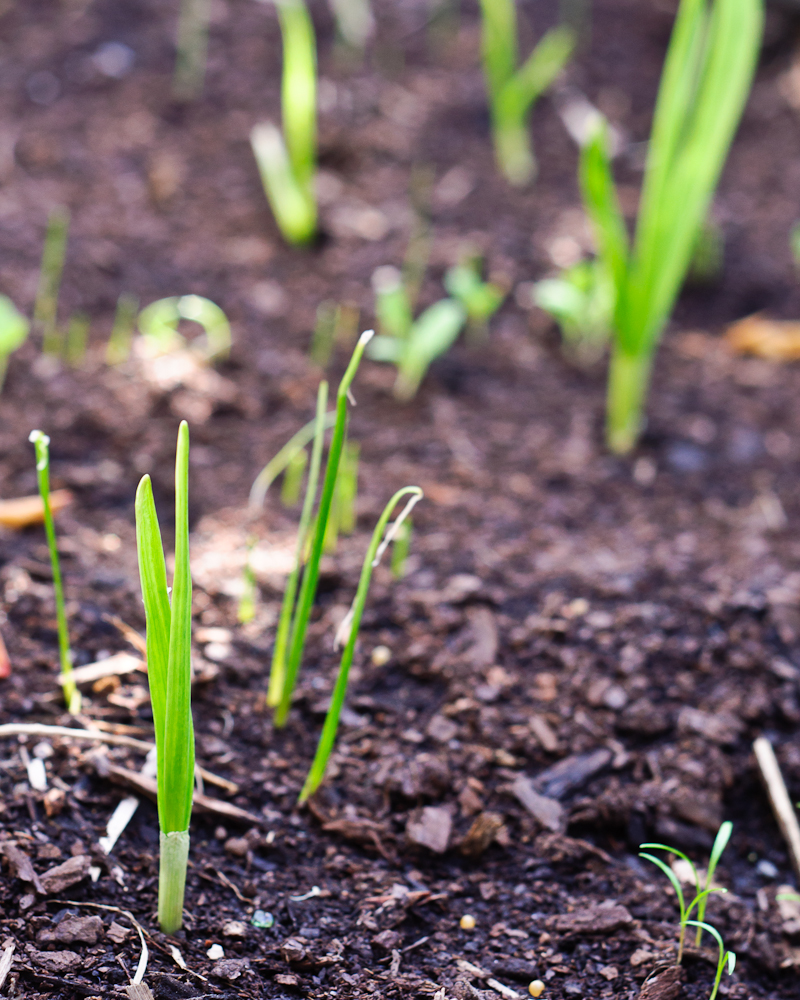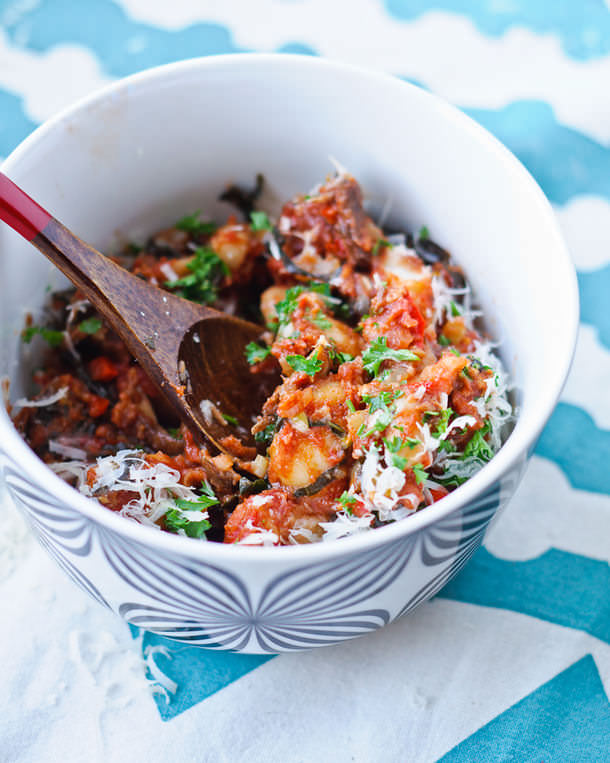
For this week’s Meet A Food Lover post, I’m happy to be interviewing my chum Erin from Adelaide blog, She Cooks She Gardens.
I got to know Erin well last year when we were both on the organising committee of Eat Drink Blog 3 (the 3rd Australian Food Bloggers Conference). In real life, she’s just like she is on her blog – smart, funny, dedicated and passionate. On She Cooks She Gardens, Erin blog about two of her loves: cooking and gardening. As I’ve recently been reconnecting with my own garden, I thought it was a great time to have a chat with Erin about growing your own food at home.
Everybody, welcome Erin!

How did you get into gardening Erin? What inspired your interest?
I think I’ve always been interested in gardens and plants. My grandmother was a keen gardener and always had the most beautiful cottage garden. It was a labour of love for her and over the years I was exposed to her love and knowledge of plants and how to care for them. We also had a number of super productive fruit trees in the garden at my parents place; oranges, lemons, apricots, nectarines and figs, to name a few. I especially loved apricot season and at a young age I understood that there were few finer things in life than eating fruit picked fresh from the tree.
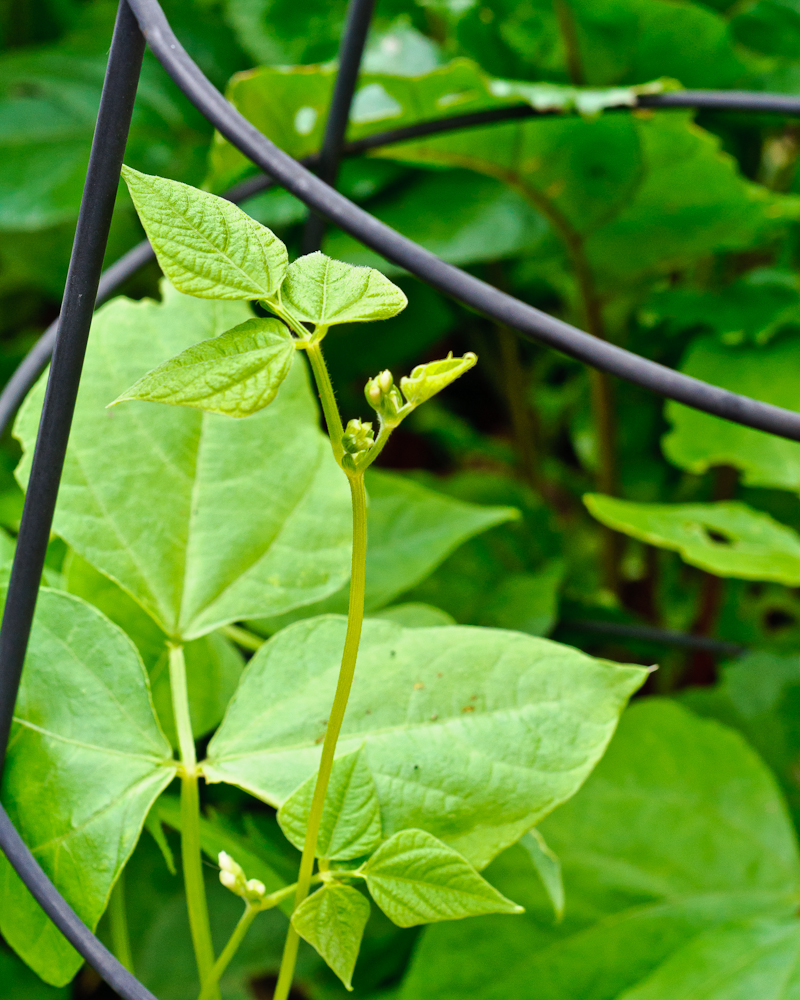
I’d love to grow edible plants that can cope with a little bit of neglect during my busy periods. Can you suggest some low-maintenance plants for me?
Herbs like parsley, thyme and oregano will grow like crazy at this time of year and will do so without much intervention. Chilli bushes, once established, will grow for years without much more than the occasional feed. Another really easy option is silverbeet, which will grow happily in a pot so long as it is planted in good soil.
I think the most important aspect of gardening is soil prep – the time and effort you put in initially will reward you later on. I work some pretty crazy hours these days and my garden chugs along without much intervention because I’ve set a good foundation.
Say I’m keen to grow my own food but I don’t have a lot of space in my garden, or I live in a flat. What can I grow in pots?
You can grow pretty much anything in pots, even small fruit trees; it all depends on your budget, how much sunlight your plants get each day (ideally you want about between 4-6 hours) and your patience. I would recommend growing things that you use a lot of which don’t tend to last very long in the fridge, things like baby spinach and bok choi are two in particular that spring to mind, as are herbs like parsley, coriander (though this can be a fussy plant to grow) and mint.
A Meyer lemon tree is a lovely addition to a courtyard or balcony as is a bay laurel (bay leaves) and will reward you for years to come.
If you’re growing in pots then it’s important to remember that your soil won’t last as long as would if you’re growing in the ground because of water run-off. You will need to top up and change your soil regularly, and probably feed a little more than you would in an in-ground garden bed. This shouldn’t deter you – it’s just something to bear in mind.
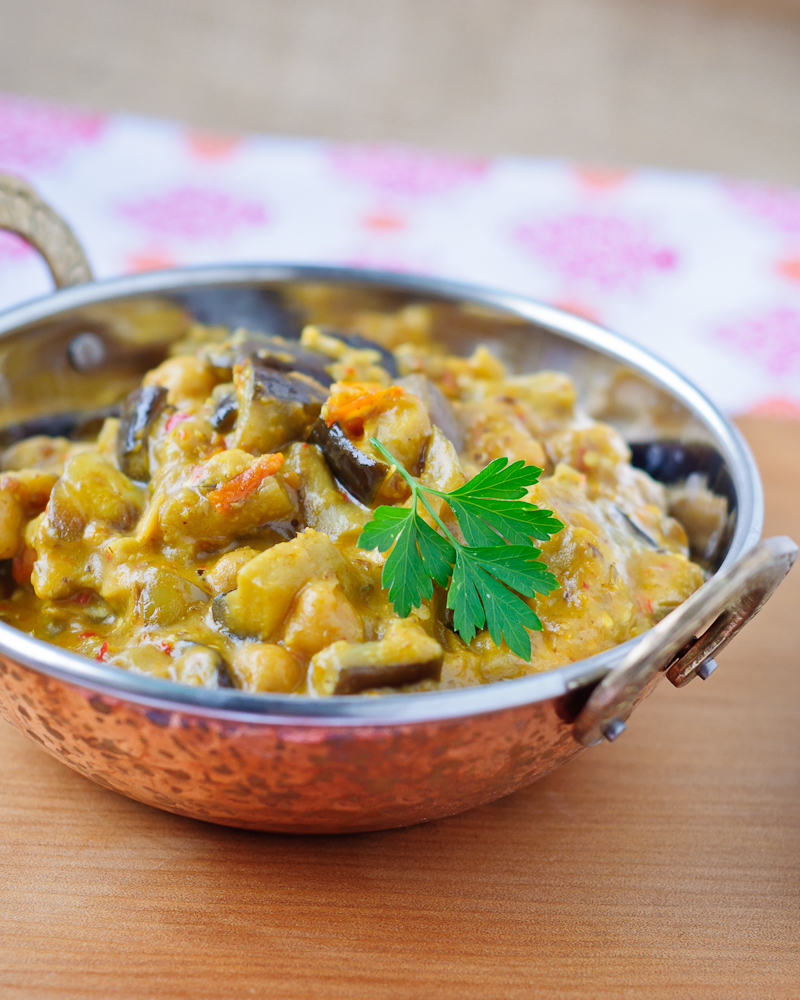
Of the herbs you grow yourself at home, which ones do you use the most? Can you suggest some good recipes using these herbs?
Herbs are awesome additions to any garden as they taste great and are pretty easy to maintain. They also act as insect repellents keeping nasties like aphids and caterpillars at bay and, when left to flower, attract good bugs to the garden which is really important if you want to reduce the amount of chemicals you’re using.
During the summer months I love basil and put in as many plants as I can find room for. It’s a great herb to grow and comes in a variety of flavours including the standard Genovese or ‘sweet’ basil you find in traditional pesto, lemon and lime variants, Thai basil (great for Pho!) and the more unusual (but lovely) cinnamon basil which is great in summery fruit salads. Basil pairs beautifully with tomatoes and you’ll often find people grow these two together as basil is said to improve the flavour of tomatoes and also helps to keep whitefly at bay. Despite its savoury profile, basil goes really well with raspberries and I thoroughly recommend adding a little basil to raspberry ice cream.
I also really like growing chives which will grow year round but are at their best in the cooler, wetter months. They are a member of the Allium family (the same family as onions) and so are quite useful in the garden as many bugs don’t like the way they smell. Chives make a wonderful addition to pretty much anything including salad dressings, soups, scones and marinades. One way I like to make use of a glut of chives is in herb butter. Soften a stick of butter and add a ½ cup (or so) of chopped chives and churn it together. Re-wrap and store as you would regular butter and add it to boiled potatoes and roast veg, spread it on bread with a little garlic and dab onto fish and chicken.
Dill is another brilliant herb which I always make sure I’ve got in my garden. It is a great plant to have because it tastes wonderful and also repels cabbage moth (which are responsible for those pesky green grubs that eat everything in your garden). When left to flower, Dill will attract beneficial insects to your garden (which in turn will eat aphids and other unwanted visitors). My favourite way to use dill is in a pesto with pistachios and a squeeze of lemon.
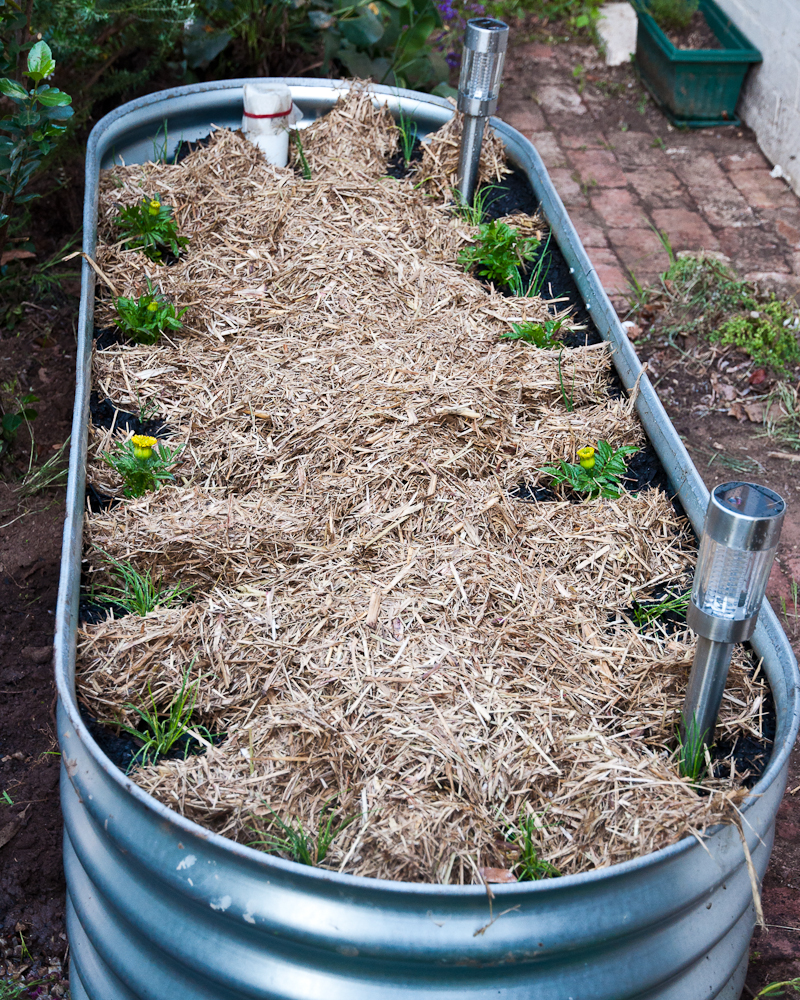
I’m thinking about installing some portable garden beds into my back yard to grow vegetables. What would you suggest I do in terms of soil preparation and compost?
As I’ve mentioned already, soil preparation is really important and will make a huge difference to the success of your garden. One of the biggest mistakes gardeners make is thinking they can skip out on soil prep, but I actually see it as being more important than plant selection. There are a couple of ways to approach it.
The first is to buy pre-prepared soil and top up with cow manure and compost at the change of season and the second is to build your own soil using the soil lasagne method championed by people like Stephanie Alexander.
There are pros and cons to each approach. Buying pre-made soil is costly if you buy it by the bag and won’t last much longer than a season. The upshot is that all the hard work has been done for you and so is a good starting point if you’re short on time or are growing in pots. If you’re going to invest in some beds then I’d suggest finding a landscape supply yard and buying your soil in bulk. You will save yourself a small fortune doing it this way – for example, three bags of premium vegie potting mix will cost between $10-15 a bag and you’ll need about three bags to fill a small bed, add in the cost of plants, fertiliser and mulch and it becomes a very costly enterprise. Compare this to about $8 for enough soil to fill a large bed (and some leftover for pots) and you’ve got plenty left over for other, more exciting things like plants.
The other method is to build a ‘soil lasagne’ which is explained in detail over at my blog and involves building layers of mulch, compost and cow manure to create an excellent growing medium in which your plants will thrive. This method is a bit more complex but, I believe, has much better results than buying pre-made. It’s a bit like comparing a cake made from scratch and one made from a packet mix, I suppose.
I want to teach my kids about growing their own food. What plants would you suggest for them?
I think it’s really important that kids get to know where their food comes from and one of the best ways for them to learn this is through growing their own produce. It encourages them to take an interest in their food and I’ve heard that it can also help encourage kids to try foods they might not have been inclined to eat before.
Strawberries are a great option for kids as the end result is a deliciously sweet reward. I remember growing strawberries as a kid and being really stoked when my first lot ripened. Now is the time to plant strawberries and I’d recommend buying seedling from a nursery rather than planting seeds.
Another great option for kids are peas and snow peas. They are fast-growing, relatively resistant to bugs and can be eaten straight from the plant. They do well in pots (though you will need a trellis for them climb up) and pretty much the entire plant is edible including the flowers and the leaves.
Finally, I would suggest a pot of chocolate mint which, as the name suggests, smells (and tastes!) just like an after dinner mint. If nothing else your kids will love picking and smelling the leaves of this easy-to-grow plant which will encourage further growth. Be sure to keep this in a pot though as mint has a bad habit of taking over gardens if left to roam.
(c) All photos by Erin from She Cooks She Gardens. The top recipe is Erin’s Pan-Fried Gnocchi with White Bean and Kale. The second recipe is her vegan Eggplant and Chickpea Curry.




